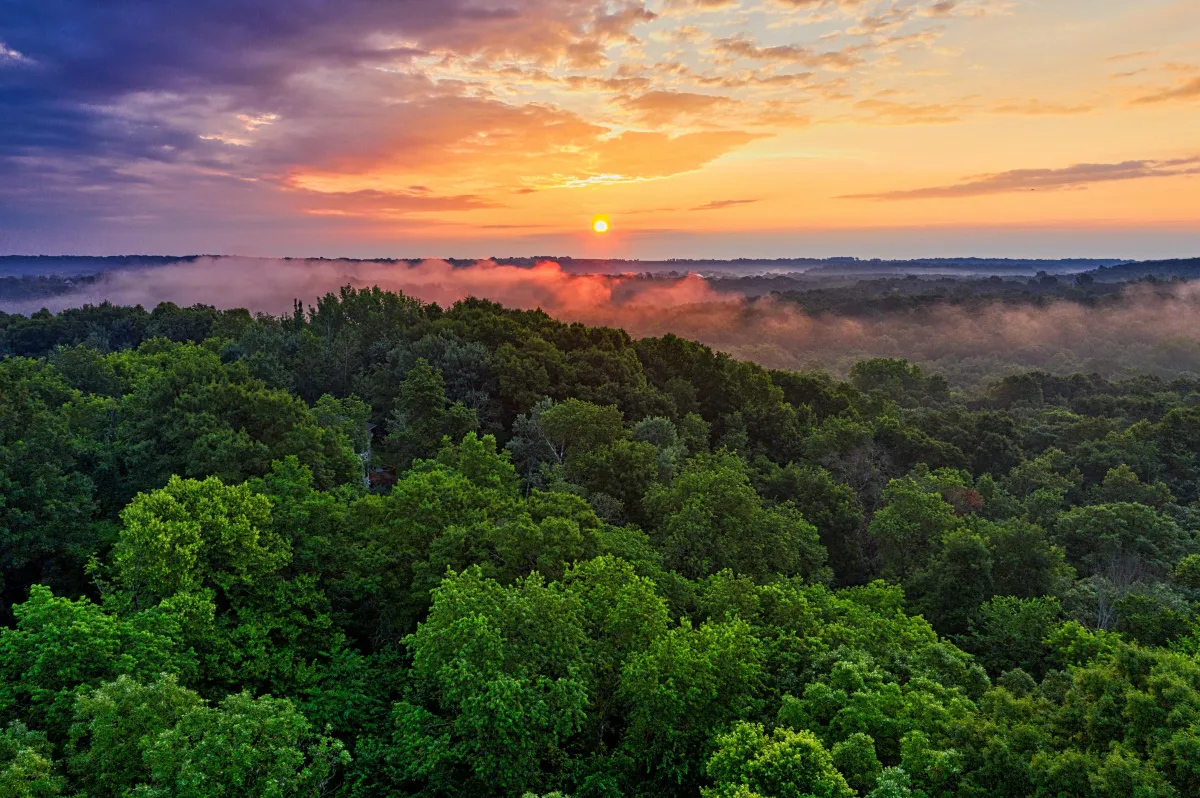
Drone Sizes: Choosing the Right Fit
In the world of drones, one size does not fit all. Choosing the right drone size can greatly impact your aerial adventures. In this article, I'll guide you through the intricacies of drone sizes, providing valuable insights and recommendations. So, whether you're a beginner or a seasoned enthusiast, let's embark on this journey together and find the perfect drone size for your needs.
Understanding the Importance of Drone Sizes
Drones have become increasingly popular for a variety of purposes, from aerial photography to recreational flying. However, choosing the right drone size is crucial to ensure your expectations are met. In this article, we'll delve into the world of drone sizes, exploring their advantages, limitations, and ideal use cases.
Micro Drones: Small but Mighty
Advantages of Micro Drones
Micro drones, as the name suggests, are the tiniest members of the drone family. They offer exceptional portability and agility, making them a favorite among beginners and indoor enthusiasts. These diminutive drones are perfect for learning the ropes of flying without breaking the bank.
Limitations to Keep in Mind
While micro drones are fun and affordable, they come with limitations. Their small size often means shorter flight times and limited payloads. Additionally, they may struggle in windy conditions, making outdoor flights a challenge.
Ideal Use Cases
Micro drones excel in indoor environments, making them great for practicing your piloting skills. They're also excellent for capturing close-up shots or exploring tight spaces where larger drones can't venture.
Compact Drones: Portability and Performance
Benefits of Compact Drones
Compact drones strike a balance between portability and performance. They are a popular choice for travelers and drone enthusiasts who want a bit more capability than micro drones offer. With better stability and longer flight times, they're a versatile option.
Considerations for Beginners
If you're new to drones, a compact drone might be your best bet. They're easier to control than micro drones, and you won't outgrow them too quickly as you build your skills.
Exploring Use Scenarios
Compact drones are perfect for capturing breathtaking landscapes, recording family events, or even starting a small aerial photography business. They offer a wide range of possibilities without the bulk of larger drones.
Mid-sized Drones: The Versatile Choice
Flexibility and Features
Mid-sized drones strike a balance between portability and power. They offer more advanced features than compact and micro drones, making them a favorite among photographers and videographers. With longer flight times and better camera capabilities, they're capable of capturing stunning aerial footage.
Learning Curve
While mid-sized drones offer incredible potential, they also come with a steeper learning curve. Pilots need to invest time in mastering their controls and camera settings to make the most of these drones.
Applications for Mid-sized Drones
Mid-sized drones are ideal for enthusiasts who want to take their aerial photography and videography to the next level. They're perfect for capturing cinematic shots, surveying larger areas, and even dabbling in professional drone work.
Large Drones: Power and Precision
When Size Matters
Large drones, often referred to as professional or industrial drones, are built for power and precision. They can carry heavy payloads, fly long distances, and withstand harsh conditions. These drones are the choice of professionals in industries like agriculture, construction, and search and rescue.
Licensing and Regulations
Operating large drones often requires special licenses and compliance with stricter regulations. Before investing in one, ensure you understand the legal requirements in your region.
Specialized Applications
Large drones have a wide range of applications, from crop monitoring in agriculture to inspecting infrastructure in construction. Their ability to carry specialized equipment, such as thermal cameras or LiDAR sensors, makes them invaluable tools in various industries.
Drone Sizes: Factors to Consider
Budget Constraints
Your budget plays a significant role in determining the drone size you can afford. Micro and compact drones are typically more budget-friendly, while mid-sized and large drones can be substantial investments.
Skill Level
Consider your piloting skills. If you're a beginner, starting with a micro or compact drone can help you build confidence and experience before moving on to larger, more complex models.
Purpose of Usage
Think about what you want to do with your drone. Are you primarily interested in photography, videography, or recreational flying? Each drone size has its strengths in different areas.
Legal Requirements
Familiarize yourself with local drone regulations. Some regions have restrictions on where and how you can fly drones of certain sizes.
Transportation and Storage
Consider how you'll transport and store your drone. Larger drones may require specialized cases or additional equipment for transport.
Getting the Most Out of Your Drone Size
Choosing the Right Accessories
Regardless of your drone's size, choosing the right accessories can enhance your experience. Invest in spare batteries, quality propellers, and a comfortable remote controller to make the most of your drone.
Mastering Flight Techniques
Take the time to practice and hone your flight techniques. Whether you're flying a micro drone or a large one, precision and control are essential for safe and enjoyable flights.
Regular Maintenance
Drones, like any technology, require maintenance. Keep your drone clean, check for wear and tear, and perform regular software updates to ensure optimal performance.
Tips for Safe and Responsible Drone Flying
Adhering to Local Laws
Always follow local drone laws and regulations. Ignorance of the law is not an excuse, and violations can result in fines or even legal action.
Privacy Considerations
Show consideration for others' privacy while operating your drone. Avoid flying over private property without permission and be mindful of capturing unintentional images of people.
Environmental Responsibility
Fly your drone responsibly in natural areas. Avoid disturbing wildlife and respect no-fly zones, such as national parks and protected habitats.
Drone Sizes: Conclusion
Finding Your Perfect Fit
In the world of drones, size truly matters. Your choice of drone size should align with your budget, skill level, and intended use. Whether you opt for a micro drone for indoor adventures, a compact drone for travel, a mid-sized drone for photography, or a large drone for professional work, remember that each size has its own unique advantages and considerations. Happy flying!
FAQs about Drone Sizes
What is the smallest drone size available?
The smallest drones, known as micro drones, can fit in the palm of your hand and weigh only a few ounces.
Can I use a micro drone for professional photography?
While micro drones are great for practice and fun flights, their limited payload and camera capabilities make them less suitable for professional photography.
Are larger drones more stable in windy conditions?
Generally, larger drones are more stable in windy conditions due to their heavier weight and larger propellers.
Do I need a license to fly a mid-sized drone?
Depending on your location and the weight of your mid-sized drone, you may need a license or permit to operate it. Refer to local regulations for precise mandates.
How do I ensure my drone's longevity?
Regular maintenance, proper storage, and gentle flying practices can help extend the lifespan of your drone. Ensure adherence to the care and maintenance instructions provided by the manufacturer.
Now that you're armed with knowledge about drone sizes, you're ready to make an informed decision and take to the skies with confidence. Happy droning!

Copyright © Drone Guide Central - All Rights Reserved 2024

